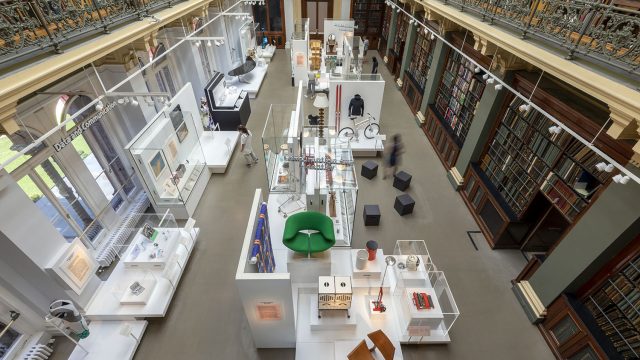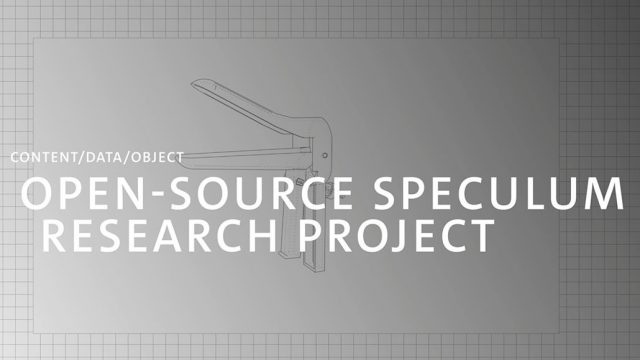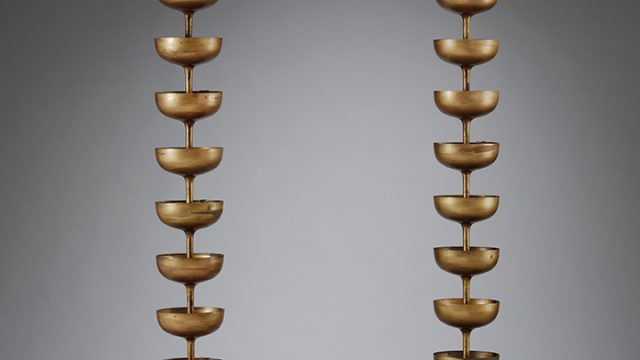The V&A is often praised for its emphasis on material. Objects are not just collected or displayed for their origins – their geographical ‘home’ or time of creation – although these are, of course, essential considerations for any acquisition. Instead, the V&A’s approach is led by materials, process and technique, having organised many of its collections by material since it was founded.
Yet the relationships between time, place and material inevitably inform one another – it’s a commonly held view that design does not exist in a vacuum. It can be argued that to understand the relationship between an object and its material fully, we need to consider the social and political questions entangled within an object’s inception. In the case of the GynePunk 3D-Printed Speculum (the main object of study within this project), the stories surrounding its making are not only enmeshed within different disciplines but also with complex emotions.
Some of the intentions behind the object’s design are fuelled by a need and desire for a space where reproductive healthcare can be accessed sufficiently by all. As explored in the collaborative research film, GynePunk is an autonomous research project and resource. They aim to investigate the historical and present-day structural inequalities that many face when accessing reproductive healthcare. As well as exploring the history of the design of specula, GynePunk empowers people to perform minor self-examinations when access to safe healthcare is not always available. In essence, GynePunk was created for those who do not feel mainstream medicine meets all their needs.
In GynePunk’s work, emotions such as rage and fear are necessary responses in the fight for safe access to medical systems and are turned into empowerment and action. As second-wave feminists reminded us in the late 1960s and early 1970s – and as Rosa Campbell and Isma Benboulerbah explain in their contributions to this project – ‘the personal is political’. As Isma writes, the history of specula design is ‘littered with deep feelings’. Therefore, emotions are positioned as both practical and political fuel in the design and speculative use of the GynePunk 3D-printed speculum. This, in turn, influences the design decisions used to create the object. A simple example is the use of STL files, which as Alex Haagaard explains in the film, ensures that the design is easy to circulate. In theory, the decision to make these digital files open source provides access to tools (and knowledge of how to use them through various GynePunk websites) outside of mainstream medicine. These very human motivations informed the use of materials, processes and techniques – the creative practices at the heart of the V&A’s public mission. Therefore, if the V&A continues its centring of materials, it must continue to engage with the social histories that are key to design narratives.
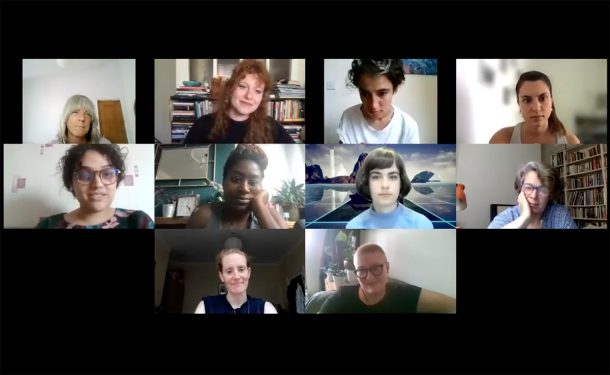
Our investigation of this digitally designed object would have been incomplete if not for the work of those invited to contribute their knowledge, time, passion and politics – and our shared desire for a healthcare system for all. In the Open-Source Speculum research project, I have been fortunate enough to work with activists and historians, a biomedical engineer, digital designers, a digital anthropologist, a reproductive health doctor and those who have worked within holistic sexual health services. Working in an interdisciplinary way outside the Museum, collaborating with experts in their fields, has been an essential way to understand the design of this tool.
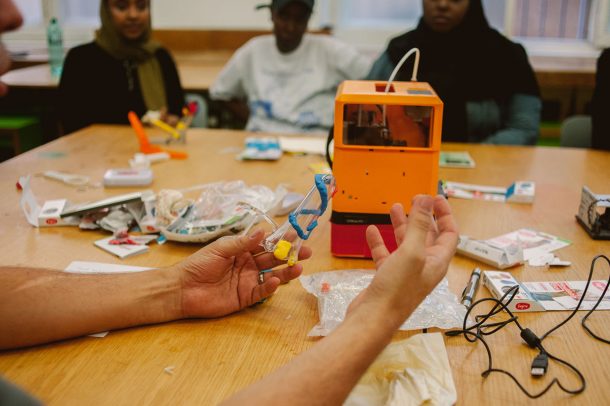
As outlined in the initial blog post for this project the original aim was to keep our process transparent, inviting audiences into the research as the work developed. However, the global pandemic forced the project to adapt. We had hoped to continue this work inside the Museum’s physical space – as we had done with a workshop held in September 2019 at the V&A ‘Digital Design Weekend’ by two of the 3D-printed speculum’s designers Urs Gaudenz and Paula Pin Lage. The intention was to follow this with two additional events at the V&A’s Friday Late in April 2020 before it was cancelled amid the first lockdown in London. A participatory workshop had been planned – inviting feedback and contributions from the public around the different types of possible plastics that could be used to print the GynePunk speculum – as well as an interactive lecture on the colonial histories of healthcare, delivered by project contributor Annabel Sowemimo and the collective she founded, Decolonising Contraception.
A version of the GynePunk 3D-printed speculum, printed by Paula Pin Lage and acquired by the V&A collected as a result of this research, can now be viewed in the ‘Design 1900 – Now’ galleries.

Despite the challenges presented by the pandemic, the restrictions of Covid provided an opportunity to make the work less London-centric and UK-focussed. The project was now able to invite contributors from Mexico, Canada, Belgium, Spain and Ireland – positively expanding our scope of knowledge. The film reflects the discussions shared within these closed groups, prioritising how the processes surrounding the design of specula have been informed by place and time. Accompanying this film are a series of texts by each of the contributors on the project, providing an opportunity to delve into specific questions in more detail.
The project began before the Covid pandemic, and to quote Annabel Sowemimo, ‘never did we all think that so many of the themes that come through in the project – health inequalities, equal access to healthcare, sexism, racism and so many others – would be in the headlines as they are’. The pandemic has not only revealed to us the systemic inequalities of our current healthcare systems, but also, like the recent terrifying abortion law passed in Texas, USA, illustrates how autonomy over people’s own bodies and reproductive choices are continually violated.
A duckbill speculum is used for a variety of procedures, such as IUD placements and cervical examinations. As Arianne Shahvisi states in the film, it is estimated that 4,500 lives are saved every year by the National Health Service’s cervical screening programme in the UK, which tests for indications of cervical cancer. A speculum is a vital tool used for potentially life-saving work. Therefore this project does not (and neither does GynePunk) suggest that the only way forward is to use alternative healthcare for the needs of all to be met. When healthcare is not performed correctly or without the proper training or assistance, it could be extremely dangerous. Instead, this project aims to reveal the cracks within the provision of mainstream medicine, illustrating the ways design has been adopted by those of us who feel we have been left with no other choice.
This blogpost series is part of a strand of research on the project, Content/Data/Object. The project explores how museum practices can broaden access to digital works so that their design processes can be enjoyed well into the future.
